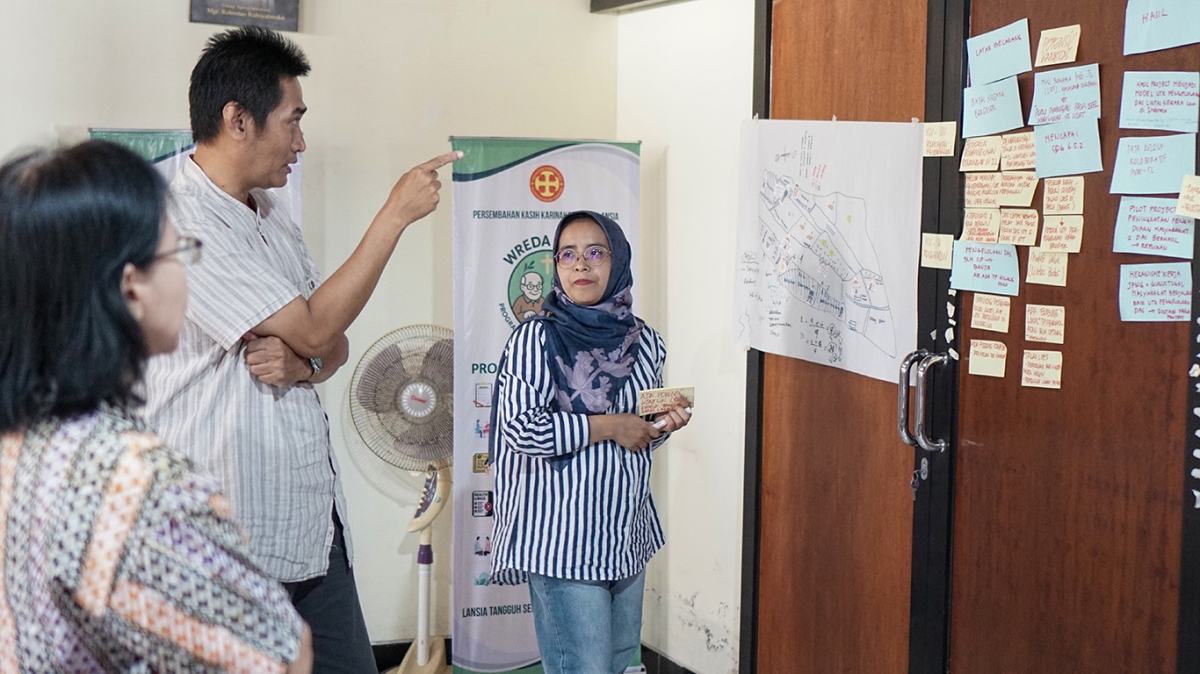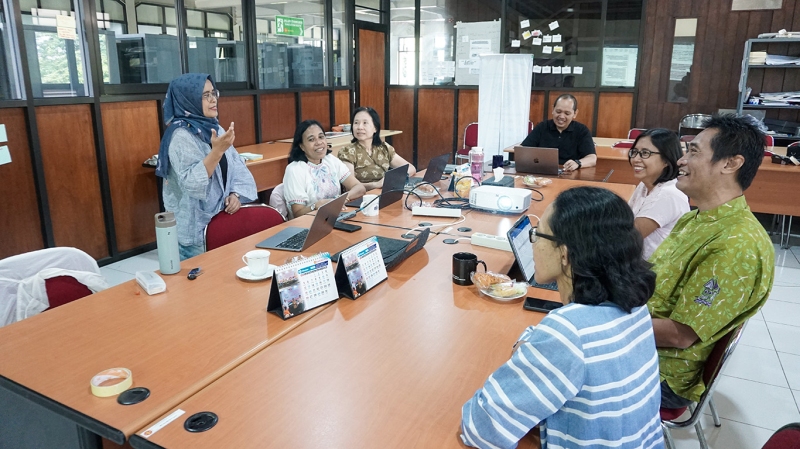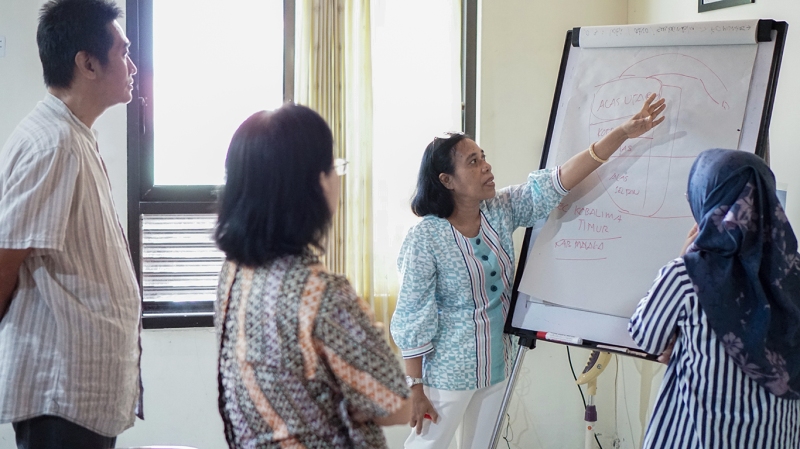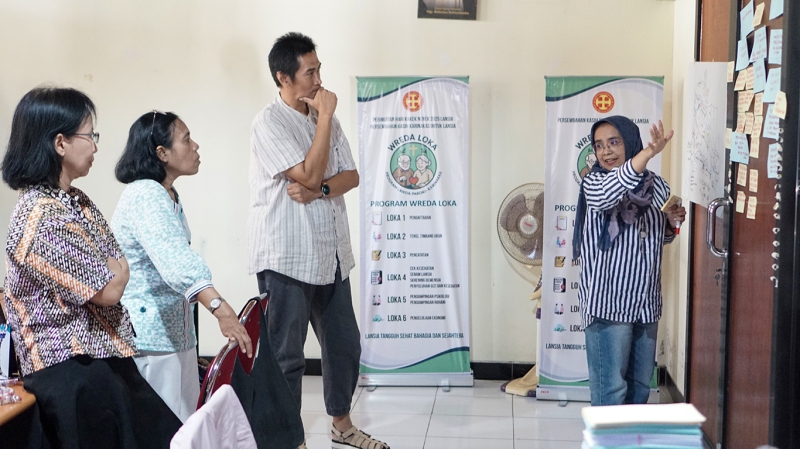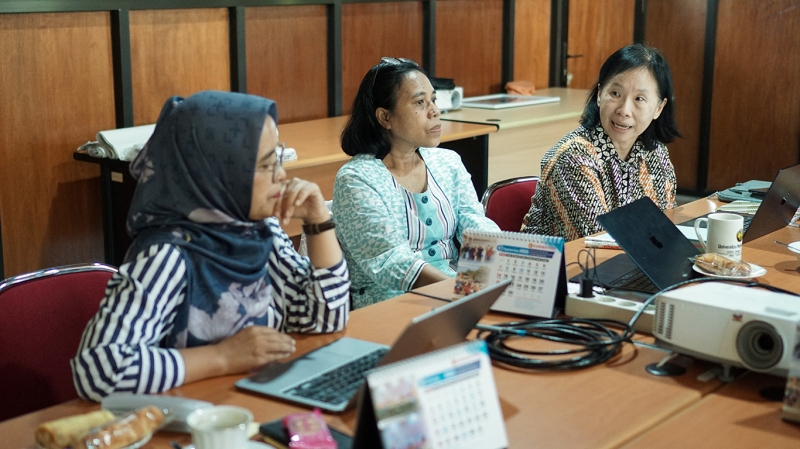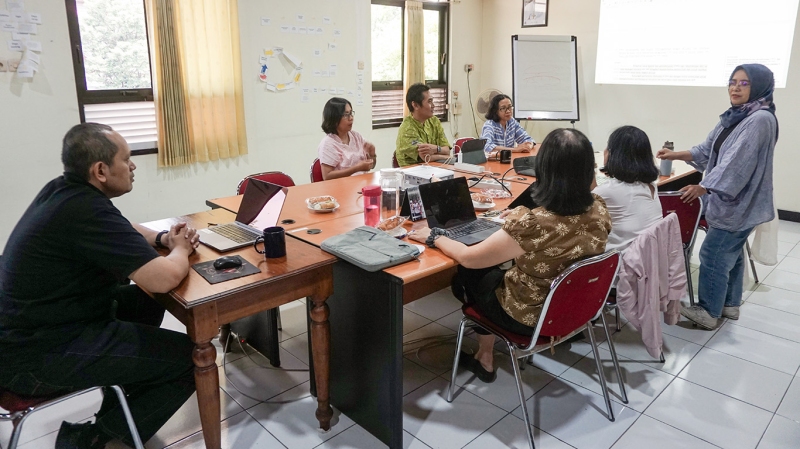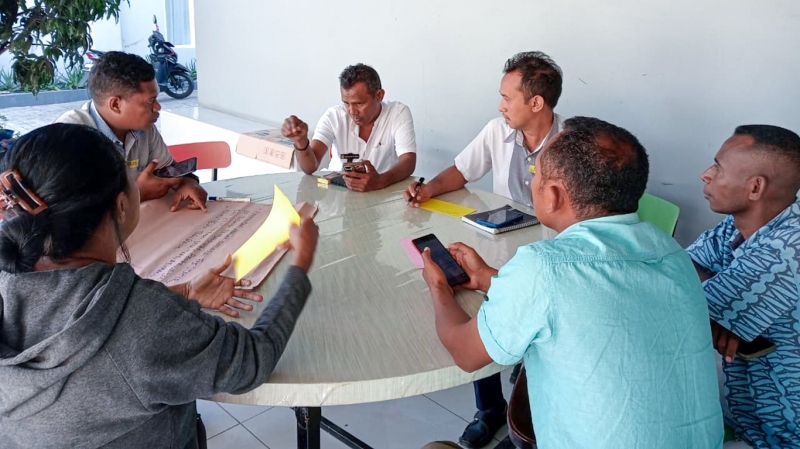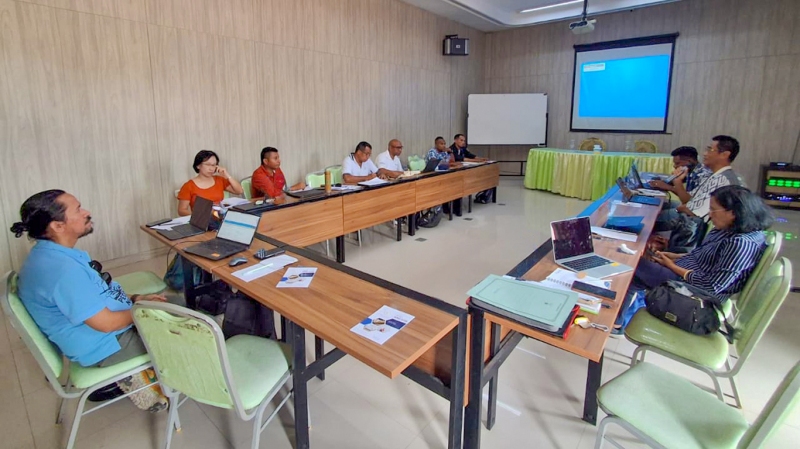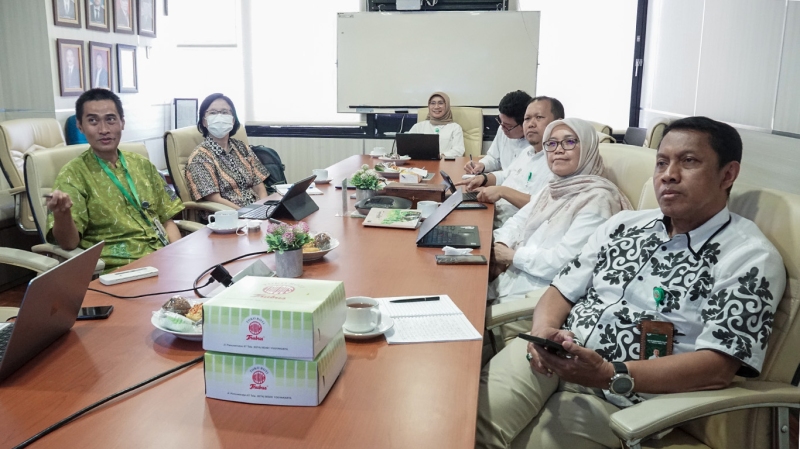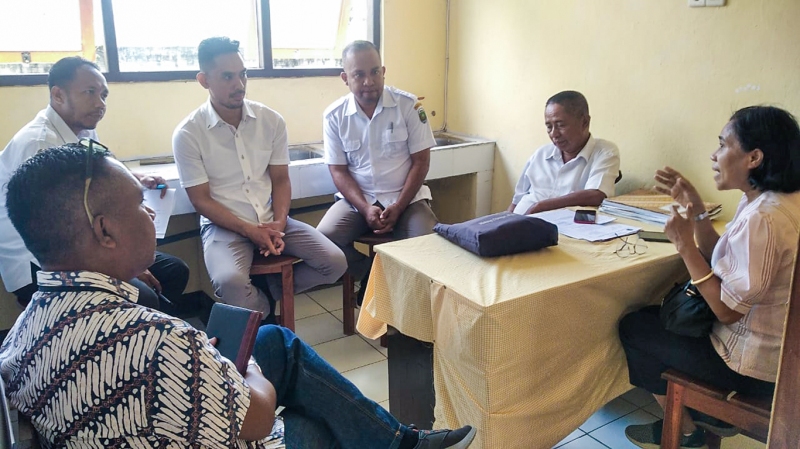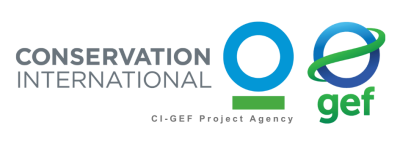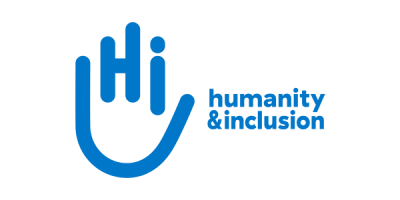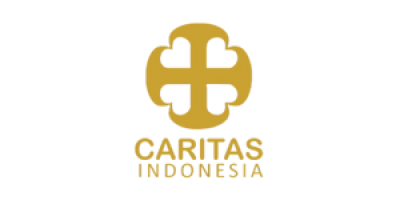Monitoring & Evaluation: Ensuring the Direction and Impact of the MITLTW–TIWA Project
Yogyakarta, 23–25 September 2025 – The Timor Island Watersheds (TIWA) Project, formerly known as MITLTW, reaffirmed its commitment through the Workshop on Reviewing and Developing the Monitoring & Evaluation (M&E) Framework. This workshop was a crucial step to ensure that the project not only progresses as planned but also delivers tangible benefits to communities and the environment along the Indonesia–Timor-Leste border.
A Foundation for Transboundary Collaboration
Over three days, the workshop brought together the team from Inovasi Tangguh Indonesia (InTI), including staff based in Yogyakarta and the Project Manager from Atambua, Belu, East Nusa Tenggara (NTT). Facilitated by Dati Fatimah, the workshop aimed to strengthen the M&E framework as one of the project’s key components.
M&E serves as a “compass” to keep field implementation aligned with MITLTW–TIWA’s overarching goals: conserving the Talau-Loes and Mota Masin watersheds, and strengthening water, food, and livelihood security for communities in both countries through collaboration.
Three Days, Three Key Agendas
The first day focused on the project’s initial components through brainstorming with the InTI team, Transboundary Diagnostic Analysis (TDA), and the establishment and capacity building of the Joint Forestry Working Group (JFWG) and Village Task Forces. The brainstorming sought to re-identify potentials, risks, and challenges faced by InTI in project implementation. TDA served as an essential foundation to understand the ecological, social, cultural, and economic conditions of the Talau-Loes and Mota Masin transboundary watersheds, enabling the Strategic Action Program (SAP) to be better targeted alongside the formation of JFWGs and Village Task Forces.
“We begin by asking: what exactly is the TIWA program? What is the core idea behind it? To answer that, it is very important for us to fully understand the context,” explained Dati Fatimah.
The second day concentrated on the outputs of the SAP and refining its indicators. The SAP will act as a collaborative governance plan between Indonesia and Timor-Leste for the Talau-Loes and Mota Masin watersheds, safeguarding water, food, and community livelihoods. The workshop emphasized the inclusion of feasibility studies within SAP’s sub-plans to identify funding needs, available resources, and knowledge management systems. Through the M&E work plan, SAP development progress will be easier to monitor, particularly ensuring indicators meet the SMART criteria (Specific, Measurable, Achievable, Relevant, and Time-bound). This ensures cross-border watershed governance becomes increasingly adaptive, data-driven, and responsive to environmental and social dynamics.
The third day focused on designing a comprehensive M&E framework, reviewing both quantitative and qualitative indicators developed during the workshop. Project management risks and mitigation measures were also reassessed. M&E was highlighted not only as a tool to assess results but also to ensure inclusivity, fairness, and responsiveness to community needs. This mechanism emphasizes community engagement and attention to vulnerable groups, making safeguarding a key consideration in project implementation.
More Than a Technical Tool
The intensive discussions reinforced that M&E is not merely a technical device to measure achievements but a pillar of adaptive governance. Through M&E, the project team can learn from field experiences, refine strategies, and ensure decisions are based on accurate data as well as community aspirations.
“As we went through three days of discussion, once we understood the context, we also understood what we want to achieve. We are not simply implementing or filling out checklists; we are giving life and meaning to what we do,” said Dati.
M&E also ensures attention to vulnerable groups, particularly women and youth, as well as the elderly, persons with disabilities, and indigenous communities. This inclusivity is one of the key values that distinguishes MITLTW–TIWA as a transboundary project, advancing social justice alongside environmental sustainability to support future livelihoods in the watersheds.
Looking Ahead
The outcomes of the workshop will be consolidated into a monitoring matrix that is specific, measurable, relevant, and responsive to local contexts. This matrix will serve as a shared guide for the project team, governments, and field partners to assess progress and adjust strategies when needed.
Johan Rachmat Santosa, Technical Lead of InTI, stated:
“With an inclusive M&E system, the MITLTW–TIWA Project is ready to serve as a model for accountable and sustainable cross-border watershed management for Indonesia and Timor-Leste.”
He added:
“Through the strengthening of this M&E framework, the project is expected to become a model of collaborative transboundary watershed management whose success can be measured and continuously adapted to evolving contexts, ensuring accountability both to the communities supported by this project and to the governments of Indonesia and Timor-Leste, as well as to CI-GEF, which has facilitated the program.” (InTI)
